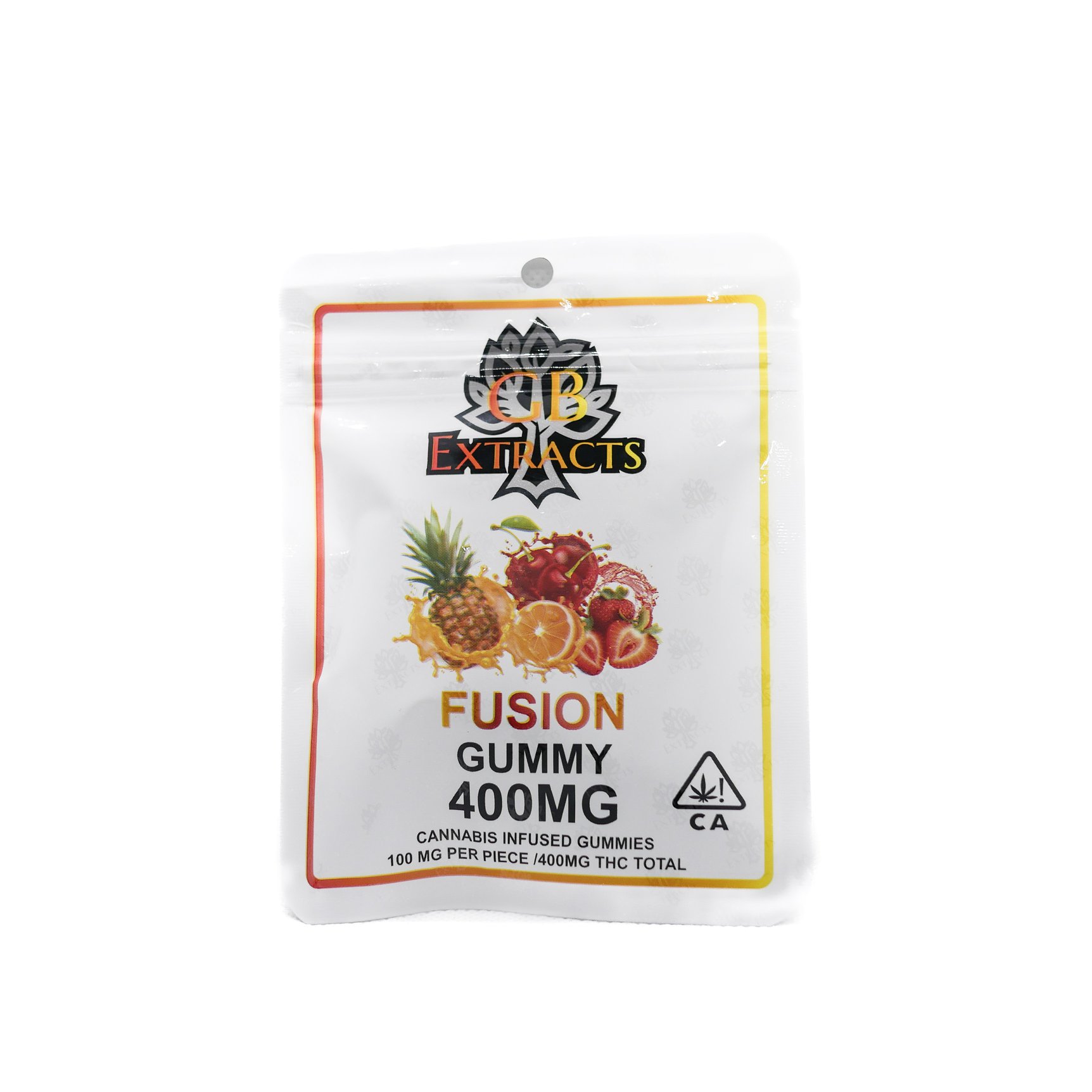
IMPORTANCE HSV-1 is an important pathogen with a high seroprevalence throughout the human population. We propose that conformational change in the gB fusion domain is important for activation of membrane fusion during viral entry and that in the absence of a host target membrane, this change results in irreversible inactivation of virions. Altogether, our results reveal that oligomeric alterations and fusion domain changes represent distinct conformational changes in gB, and the latter correlates with irreversible low-pH inactivation of HSV.

gB oligomeric conformational change remained reversible under all conditions tested. While changes in several gB antigenic sites were reversible, alteration of the H126 epitope was irreversible. Three-hour treatment of HSV-1 virions with pH 5 or multiple sequential treatments at pH 5 followed by neutral pH caused an irreversible >2.5 log infectivity reduction. gB conformational changes and their reversibility were measured by antigenic analysis with a panel of monoclonal antibodies and by detecting changes in oligomeric conformation. Low-pH-triggered conformational changes in gB reported to date are reversible, despite irreversible low-pH inactivation. Here, low-pH-treated HSV-1 was defective in fusion activity and yet retained normal levels of attachment to cell surface heparan sulfate and binding to nectin-1 receptor. The target and mechanism(s) of low-pH inactivation of HSV are unclear. Acid inactivation is a hallmark of viruses that enter via low-pH pathways this occurs by pretriggering conformational changes essential for fusion.

Preexposure of isolated virions to mildly acidic pH of 5 to 6 partially inactivates HSV infectivity in an irreversible manner. Herpes simplex virus (HSV) entry into a subset of cells requires endocytosis and endosomal low pH.


 0 kommentar(er)
0 kommentar(er)
